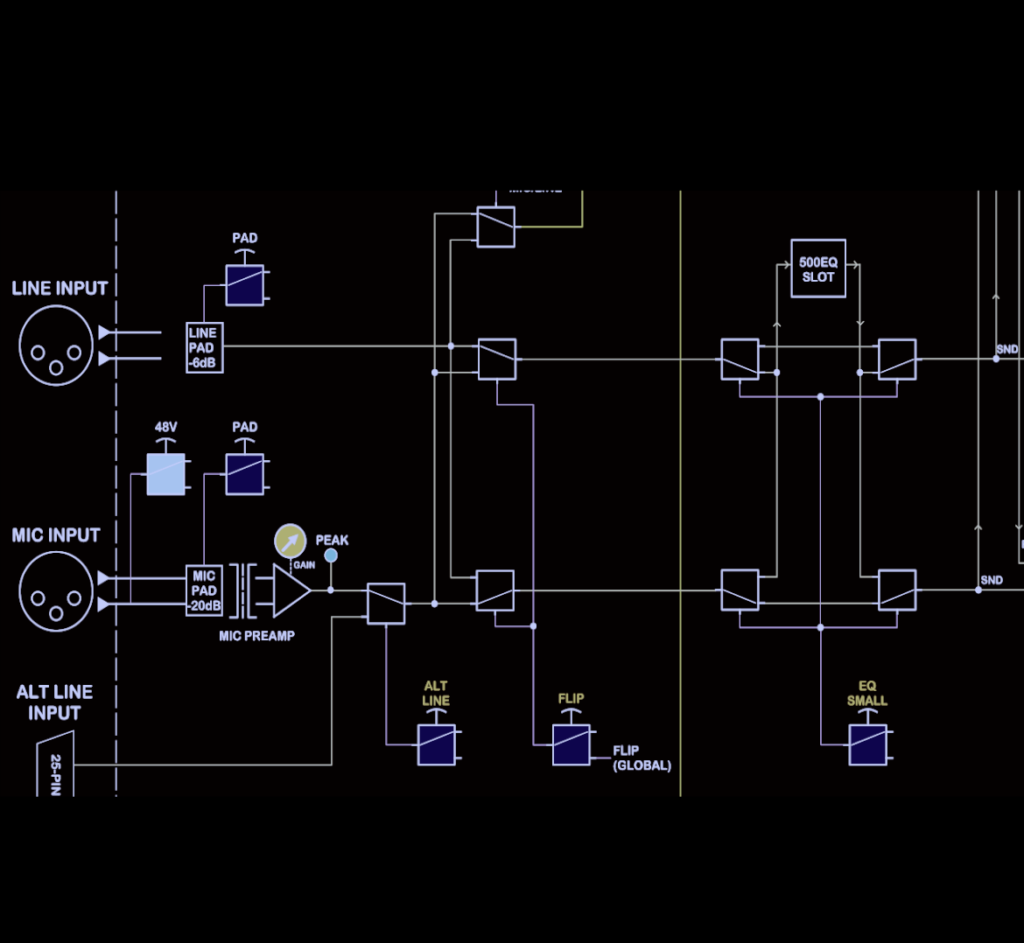
Mastery begins with the basics. Without a solid grasp of fundamental principles, it’s impossible to truly understand the complexities of any subject. By thoroughly learning the foundations, we enable ourselves to achieve deep and meaningful understanding.
What are the goals of this course?
For over 20 years, I was trusted to teach the first in a series of courses that made up the program-specific curriculum for a bachelors of science degree in Music Engineering Technology at The University of Miami. No previous knowledge of audio technology required, the goal was to lay the foundation for future courses specific to the music engineering program and unify that content with the electrical and computer engineering classes that were also required. The passing of every year highlighted the value of the fundamentals behind applied audio engineering as a stepping stone for successful careers in software and hardware engineering – while also enhancing students’ artistic abilities.
By condensing a wide range of concepts, from the physics of sound, psychoacoustics, sampling and signal processing to “making beats” using creative technology tools, students were able to develop their interests and skills in engineering. They were able recognize connections between these topics and courses taught from the perspective of the “pure” engineering department – making that content easier to digest. In many cases, this served to open doors to high-demand, well-paying, and secure, rewarding career paths.
The financing of a private university, along with the commitment to a 4-year degree, carries costs beyond the means of many aspiring creator/engineers. Plus, the idea of repackaging this content in an online, work at your own pace format – free of textbooks and available to a wider range of students, has been on my mind for several years. Now that I have retired from the university, I have decided to use the time to make this happen.
Creative Engineering
“Creative Engineering” – perhaps a somewhat bipolar statement. Any progress in integrating these disciplines leads to whole-person development and other advantages as well:
- Generate content more efficiently
- Deeper understanding of the development tools leads to insight for new techniques for innovation and expression
- Knowledge of the technology behind the music/art tech tools incubates the next generation of creative engineers behind improvements of hardware and software for artists
Finding your focus
Integrated learning practices lead to comprehensive knowledge. Unifying these core elements within the course provides an expansive map that can be navigated as part of your career process. A process made up of many possible point events along the spectrum that changes over time in our modern lives.
Full Course Features
By purchasing the full course bundle, you get the 24 hours of all four modules at a discounted price.
1. The Science of Sound Recording and Reproduction – 6 hours
2. How to Edit, Process and Mix Sound – 6 hours
3. Electronic Music Synthesis, Sequencing & Midi – 6 hours
4. Advanced Software/Hardware Projects – 6hours
You may also choose to focus on one particular module’s content. You can find more details regarding topics covered in each of the four module pages. You can preview courses by watching the tutorial snippets posted in the Blog section of this site.
“He who loves practice without theory is like the sailor who boards ship without a rudder and compass and never knows where he may cast.”
— Leonardo da Vinci
*Estimated launch date – February, 2025


![Creative Audio Engineering: Full Course [4 Modules]](https://coincidentmedia.tech/wp-content/uploads/2024/10/API-Block-v1-e1731786161533.png)